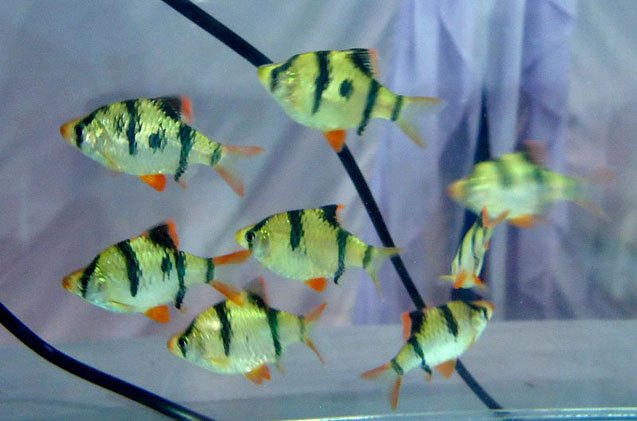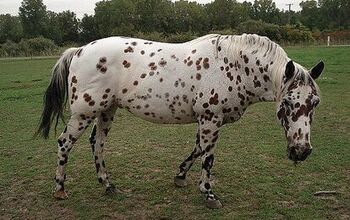Barbs


About Barbs
Barbs are an extremely large family of freshwater fish that are a popular choice in the aquarium hobby. Different species come in a dazzling array of colors, and are usually small in size and relatively hardy, making them a popular choice amongst most beginner aquarists.
Barbs are an extremely large family of freshwater fish that are a popular choice in the aquarium hobby.
Most species of barb originate from Asia.
Barbs come in a wide array of colors including pink, red, yellow, gold, green, silver and black.
Barbs are a schooling species of fish and should ideally be kept in large groups of 10 or more. When kept alone or in smaller groups, these fish will often turn very timid and turn dull in color. In the wild, barbs often inhabit ecosystems with heavy plant life so it is advisable to recreate these conditions in the home aquarium. They thrive in heavily planted aquariums with subdued lighting and plenty of hiding spaces.
Most species are very peaceful and make excellent additions to community tanks. However, some species of barb like the tiger barb can turn boisterous and start harassing fish with long flowing fins like bettas, goldfish and angel fish.
While barbs are generally a hardy species of fish and are capable of adapting to a wide range of water conditions, it is recommended that you research each specific species’ requirements and recreate those conditions in the aquarium in order for them to thrive.
Barbs are omnivores and can be fed on a diet of flake or pellet based aquarium foods. Their diet should also be supplemented with occasional live foods and vegetables.
Barbs are a schooling species of fish and should ideally be kept in large groups of 10 or more.
Most species of barb aren’t difficult to breed and will spawn readily in the aquarium when given adequate nutrition and good water conditions. It is however recommended that separate breeding tanks be used to breed them because the adults of the species will readily devour their own eggs and fry on sight.
Tiger Barb, Tinfoil Barb, Cherry Barb, Clown Barb, Gold Barb, Checkered Barb, Mad Barb, Sixband Barb, Black Ruby Barb, etc.
Photo credit: Ranjithsiji/Wikimedia; sannse/Wikimedia

Amy Tokic, Editor of PetGuide.com, is a passionate animal lover and proud pet parent of Oscar, a Shih Tzu/Chihuahua cross, and Zed, a Japanese Chin. Her love of animals began in kindergarten, when she brought her stuffed dog Snoopy into class with her every day. Now, she writes about her adventures in pet ownership and tirelessly researches products, news and health related issues she can share with other animal enthusiasts. In her free time, Amy loves perusing used book and record stores, obsessing over the latest pet products available and chasing squirrels with wild abandon (a habit attributed to spending too much time with her pooches).
More by Amy Tokic
























